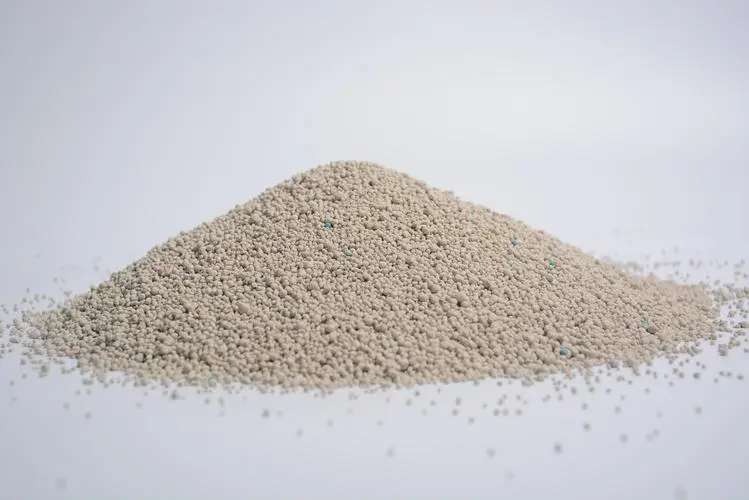
The Chemical Interaction Between Calcium Carbonate and Water in Various Solutions and Environments
The Chemistry of Calcium Carbonate and Water
Calcium carbonate (CaCO₃) is a ubiquitous compound that can be found in various forms, including limestone, chalk, and marble. It plays a vital role in our daily lives, serving not only as a major component in construction materials but also in various industrial applications. When mixed with water, calcium carbonate can undergo fascinating interactions and transformations that are worth exploring.
The interaction between calcium carbonate and water can be seen in both a physical and a chemical light. Physically, calcium carbonate is often found as a solid in a variety of environments. However, when mixed with water, it may not dissolve significantly due to its low solubility; under standard conditions, only about 0.014 grams can dissolve in one liter of water. This characteristic makes calcium carbonate an essential component in many water treatment processes where it acts as a buffering agent.
The Chemistry of Calcium Carbonate and Water
\[ \text{CaCO}_3 (s) + \text{H}_2\text{O} (l) + \text{CO}_2 (g) \rightleftharpoons \text{Ca(HCO}_3\text{)}_2 (aq) \]
calcium carbonate plus water

This reaction explains how calcium carbonate can contribute to the hardness of water. When rain falls, it absorbs carbon dioxide, forming carbonic acid, which then reacts with the calcium carbonate present in rocks and soils. This gradual dissolution can lead to the presence of dissolved calcium and bicarbonate ions in natural water bodies, contributing to their mineral content.
Moreover, the presence of calcium in water is not just a numerical measure of hardness; it has significant implications for aquatic life. Calcium ions are essential for many biological processes. For instance, they play a crucial role in the health of marine organisms like mollusks, which use calcium carbonate to construct their shells. Therefore, the balance of calcium carbonate and water influences not only the physical properties of water but also the ecosystems that rely on it.
In construction and our day-to-day lives, calcium carbonate's response to water is also significant. In the field of agriculture, lime (calcium carbonate) is often used to raise soil pH. When lime is applied to acidic soils, it reacts with water and carbon dioxide, neutralizing acidity and making nutrients more available to plants. This process illustrates the practical importance of calcium carbonate and water interaction in enhancing agricultural productivity.
Nonetheless, there are challenges associated with calcium carbonate in water systems, particularly concerning scaling in pipes and water heating systems. As water containing dissolved calcium bicarbonate heats up, calcium carbonate precipitates out of solution, forming scale. This accumulation can reduce efficiency and necessitate the installation of water treatment systems to manage hardness levels effectively.
In conclusion, the interaction between calcium carbonate and water underscores a complex and multifaceted relationship. This collaboration has broad implications, ranging from its role in natural ecosystems to its applications in agriculture and industry. Understanding these interactions is essential for both environmental science and various industrial processes, drawing attention to the importance of this compound in creating sustainable practices and technologies. Whether it is in the form of natural sediment or as a crucial ingredient in everyday products, calcium carbonate's relationship with water is both significant and necessary.
Share
-
Vermiculite Wholesale – Premium Quality, Bulk Supply & Competitive PricingNewsJun.10,2025
-
Premium Glass Pebbles Custom Glass Pebbles Factory & OEM Manufacturer Reliable Custom Glass Pebbles FactoriesNewsJun.10,2025
-
Expert Custom Zeolite Producers Manufacturers & FactoriesNewsJun.10,2025
-
Custom Glow in the Dark Beads High-Quality Custom ManufacturersNewsJun.10,2025
-
China Ceramsite Balls Factory - Lightweight & Durable Media Solutions ManufacturerNewsJun.09,2025
-
Custom Matte Mica Powder Manufacturers High Quality & AffordableNewsJun.09,2025






